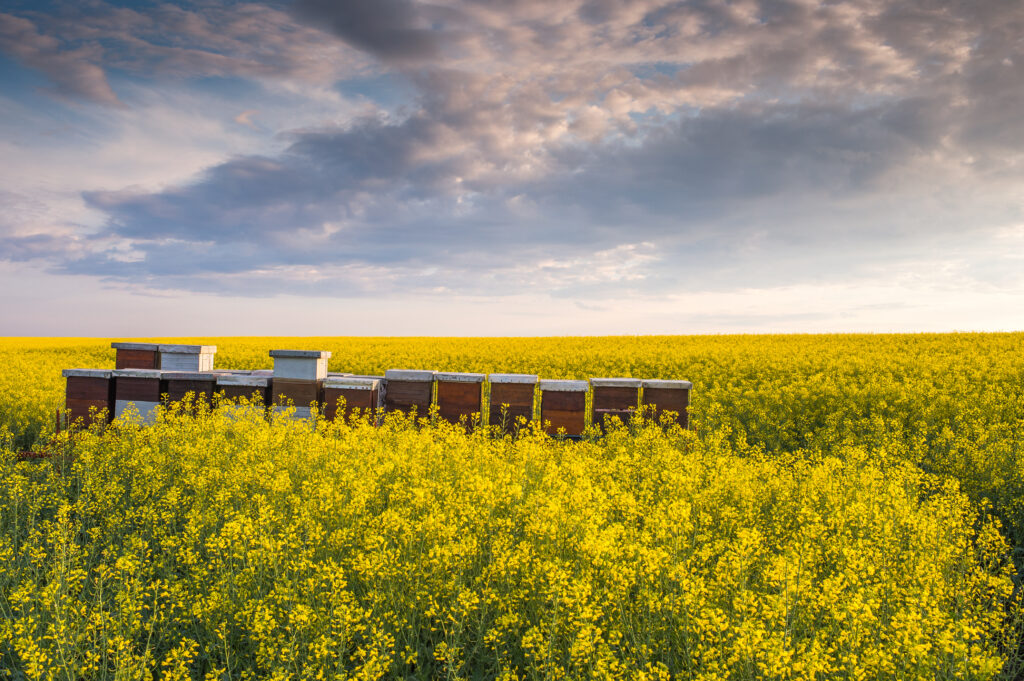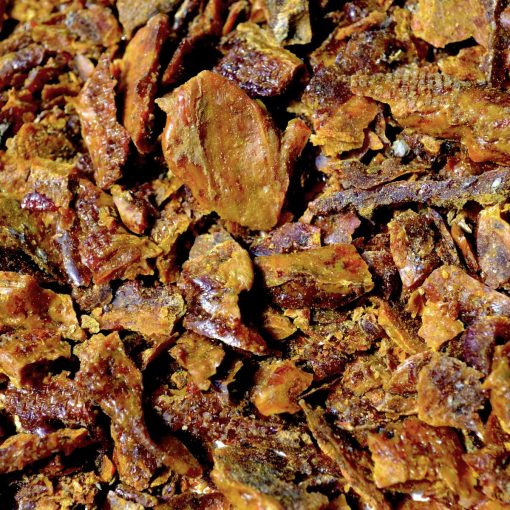characteristics
This natural product derives from propolis, and contains vitamins and flavonoids. The components are extracted in an aqueous solution in order to keep intact the specific characteristics of the product. Propolis has numerous functions such as: healing damaged tissues, stimulating plant resistance, attracting pollinators and improving shelf-life. It has an excellent synergistic action when used with sulfur and copper salts.

Mode of Application
PROPOLIS is recommended as a preventative treatment for use in periods of stressful or adverse climatic conditions.
On vegetables, salads, baby leaf in greenhouse and open field, use 2-3 L/Ha applied in 250 – 1000 L/Ha water at in periods of abiotic stress or in presence of mechanical or weather tissue damage.
On vineyard and orchard, use 2-3 L/Ha applied in 250 – 1000 L/Ha water in presence of damage due to pruning, thinning or weather conditions such as hail. Use preventively to reduce sun scorching.
Application can be repeated if adverse conditions last. Use “Fine/Medium” or “Fine” type nozzles.
Warning
The product is miscible with copper and sulfur salts. Test compatibility with other products. Do not mix with acid or acid forming products. Do not apply in case of high temperatures.
Read label and MSDS carefully before use.
